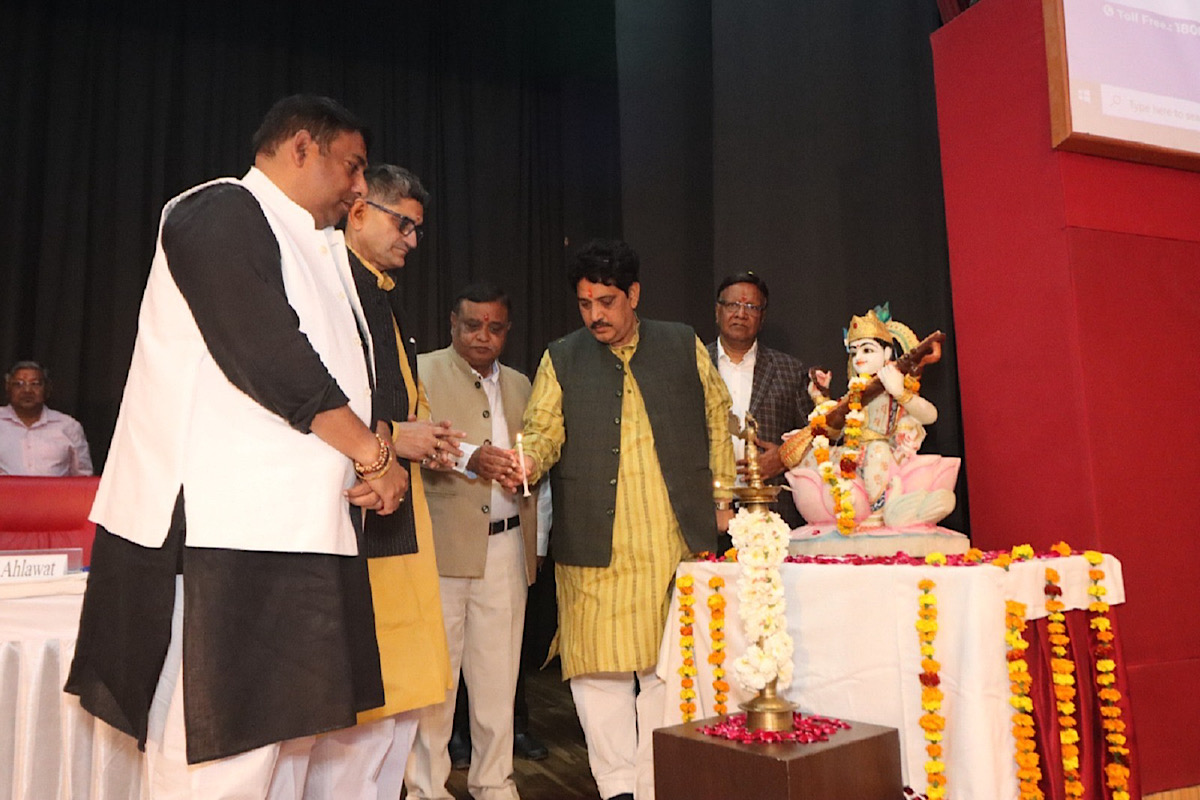Year of snakes, ladders
As China celebrates the Lunar Year of the Snake, the first angpow (red packet gift) was the DeepSeek AI software that shook Wall Street to the tune of nearly $1 trillion in market capitalization.
Centre of Supercomputing, which has world’s first five petaFLOPS AI Supercomputer: NVIDIA DGX A100, was inaugurated here.

Supercomputers will promote innovation and boost economic growth (Photo:SNS)
Centre of Supercomputing, which has world’s first five petaFLOPS AI Supercomputer: NVIDIA DGX A100, was inaugurated here.
The cutting-edge technology behind the SUPERCOMPUTER, NVIDIA’s DGX A100 marks a milestone in the institute’s commitment to advancing research and innovation across a wide range of disciplines.
Advertisement
KIET Group of institutions, Delhi-NCR, Ghaziabad organised the inaugural ceremony of “Centre of Supercomputing” which is supported by ‘Start in UP’ start-up policy, an initiative of the Uttar Pradesh government.
Advertisement
UP Electronics and Information Technology Minister Sunil Kumar Sharma was the chief guest at the inaugural function held on Saturday along with special guest – Sanjeev Sharma, BJP Mahanagar chief and Keshav Tyagi.
Speaking on the occasion, Sharma said, “I congratulate the institute for introducing this centre of supercomputing as it will shape the future of our nation. I believe when the students will begin working on supercomputers, they will be able to create new products and ideas that can multiply economic growth and promote innovation and entrepreneurship.”
Ghaziabad MLA Atul Garg, also chairman of the governing board, said, “Through NVIDIA DGX A100 supercomputer, we want to provide new opportunities to our children to progress in the field of Artificial Intelligence and Machine Learning. I request all the faculty members to provide all the technical facilities to make our children strong and competent.”
Briefing about the newly launched Centre of Supercomputing at campus, Dr Rekha Kashyap, HoD CSE AI & CSE AIML said, “The NVIDIA DGX A100 is the world’s first 5 petaFLOPS AI system, designed to unify training, inference, and analytics into a single, easy-to-deploy AI infrastructure. The addition of the DGX A100 systems to the Centre of Supercomputing represents a leap forward in our institute’s research capabilities. With unparalleled computational efficiency and versatility, the DGX A100 will accelerate research in areas such as artificial intelligence, machine learning, data analytics, climate science, genomics, and more.”
Advertisement